Introduction to Qilu Hospital
Qilu Hospital of Shandong University, founded in 1890, stands as a Grade A tertiary hospital, overseen by the National Health Commission. It serves as a cornerstone in the medical landscape, embodying a rich history and dedication to excellence. However, evolving needs and changing times necessitated a reimagining of its infrastructure to align with modern demands.
Design Philosophy and Objectives
In response to the evolving landscape of medical care, the Emergency Medical Building project commenced in 2020. It envisioned an 800-bed medical complex designed to meet the multifaceted demands of contemporary medicine, education, and research. The project aimed to seamlessly integrate with urban life while fostering a symbiotic relationship between the hospital and the city.
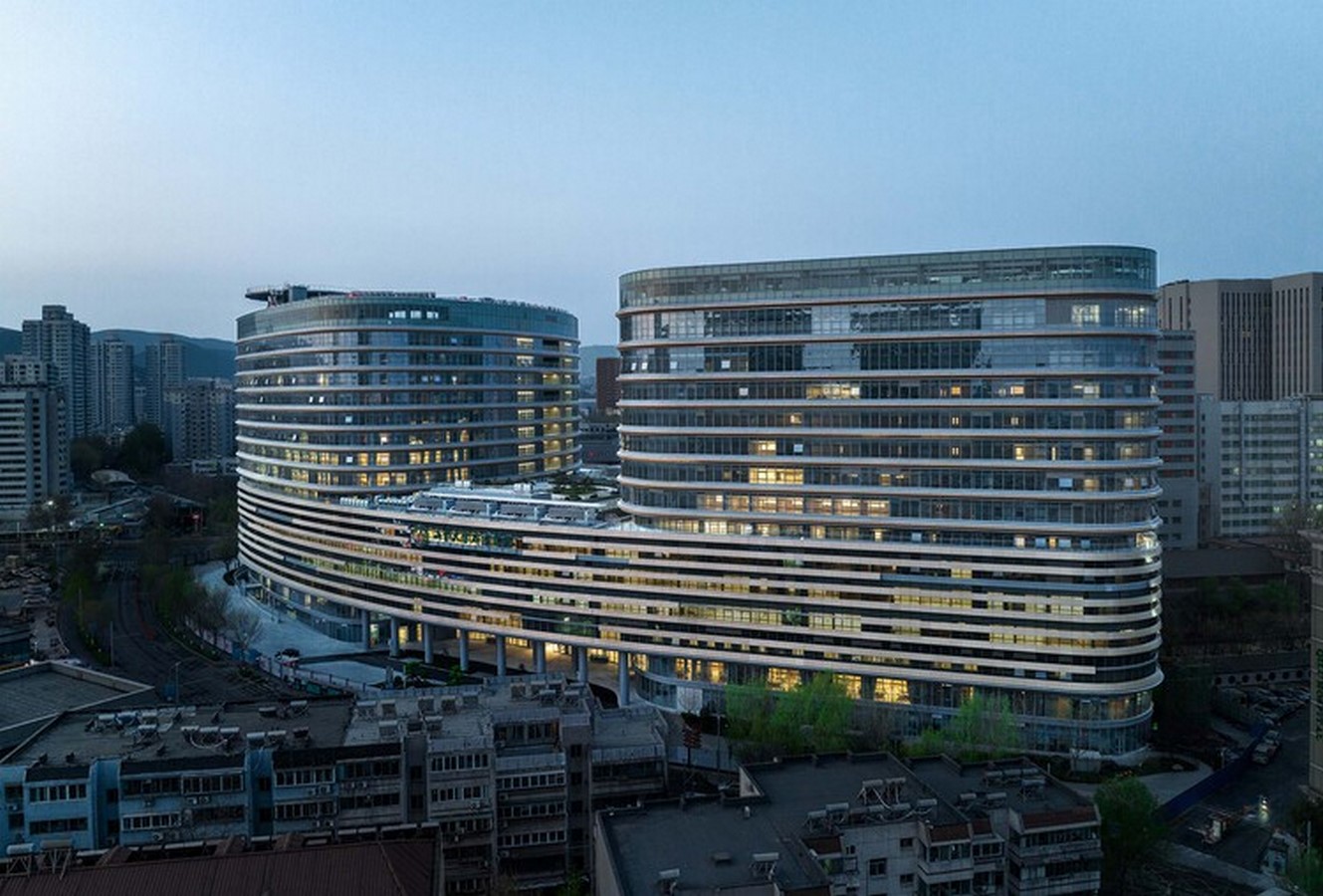
Harmonizing Architecture with Urban Fabric
Situated within Jinan’s historical and cultural nexus, the project site posed unique challenges, including limited space and complex terrain. To address these constraints, the design adopted a streamlined twin-tower layout, strategically positioned to optimize space and minimize visual interference with existing structures. Embracing the city’s ethos, the design sought to establish a balanced and harmonious interface between the hospital and its urban surroundings.
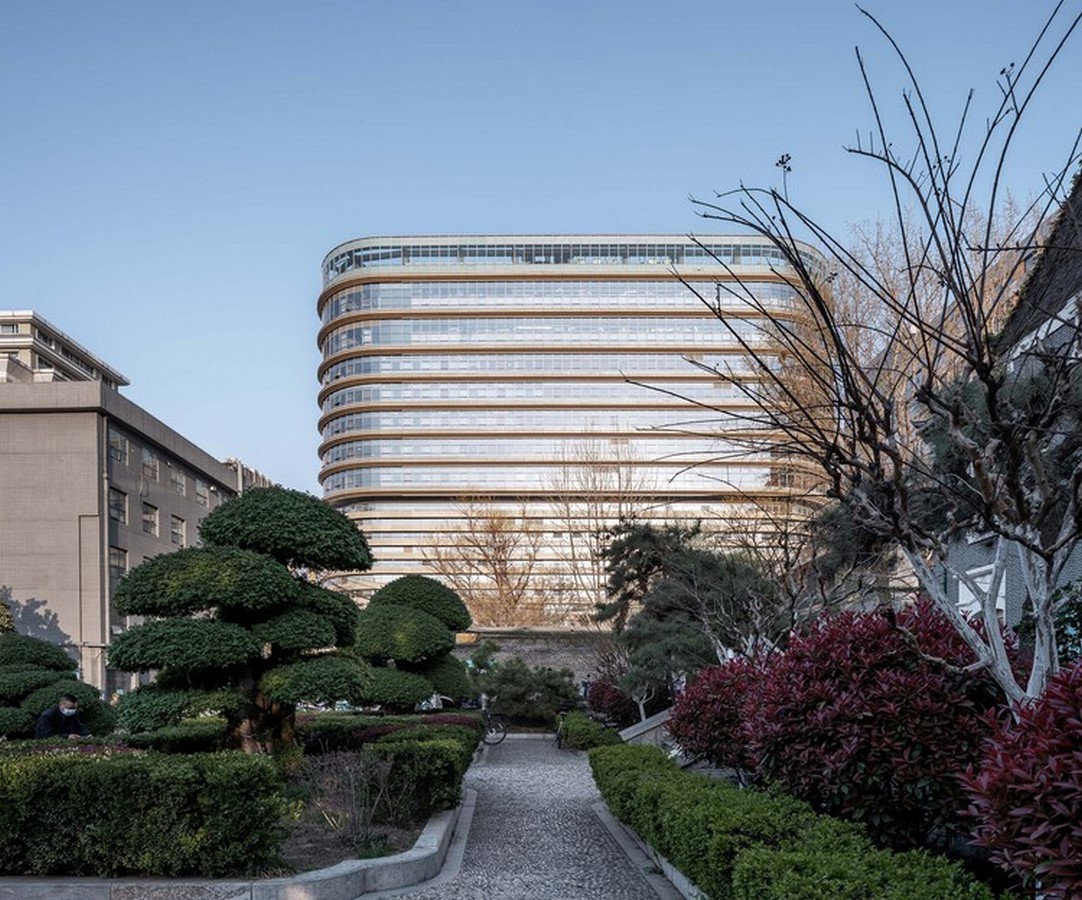
Functionality and Efficiency in Medical Care
The Emergency Medical Building serves as a regional hub for emergency care, boasting state-of-the-art facilities for pre-hospital aid, surgery, and intensive care. A meticulous layout ensures seamless connectivity between departments, optimizing patient flow and treatment outcomes. Innovative design elements, such as a centralized Interventional Center, enhance operational efficiency and patient safety, setting a new standard in medical facility design.
Circulation and Integration
Efficient vehicular circulation and pedestrian connectivity were paramount in the project’s design. Leveraging the site’s topography, the project established designated arrival zones for emergency vehicles and taxi passengers, mitigating urban traffic congestion. A centralized circulation hub, aptly named the “urban parlor,” serves as a nexus linking various functional areas within the hospital complex, fostering integration and ease of access.
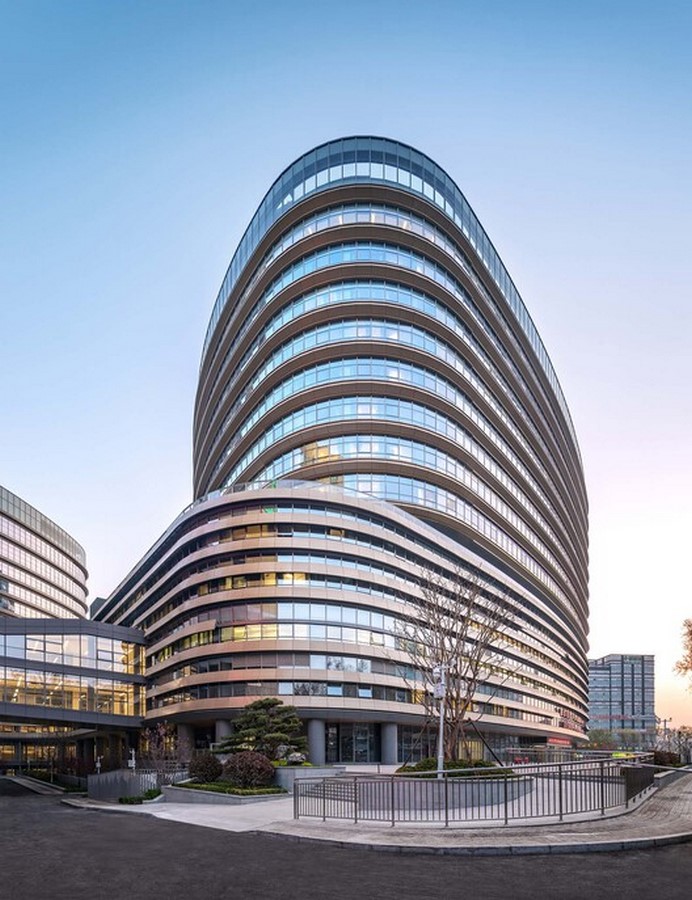
Rehabilitation and Wellness
A holistic approach to patient care is evident in the project’s emphasis on rehabilitation and wellness. Thoughtfully designed green spaces and courtyards provide a therapeutic environment for patients and medical staff alike, promoting healing and rejuvenation. Natural daylight permeates patient wards and medical offices, enhancing the overall spatial experience and fostering a sense of well-being.
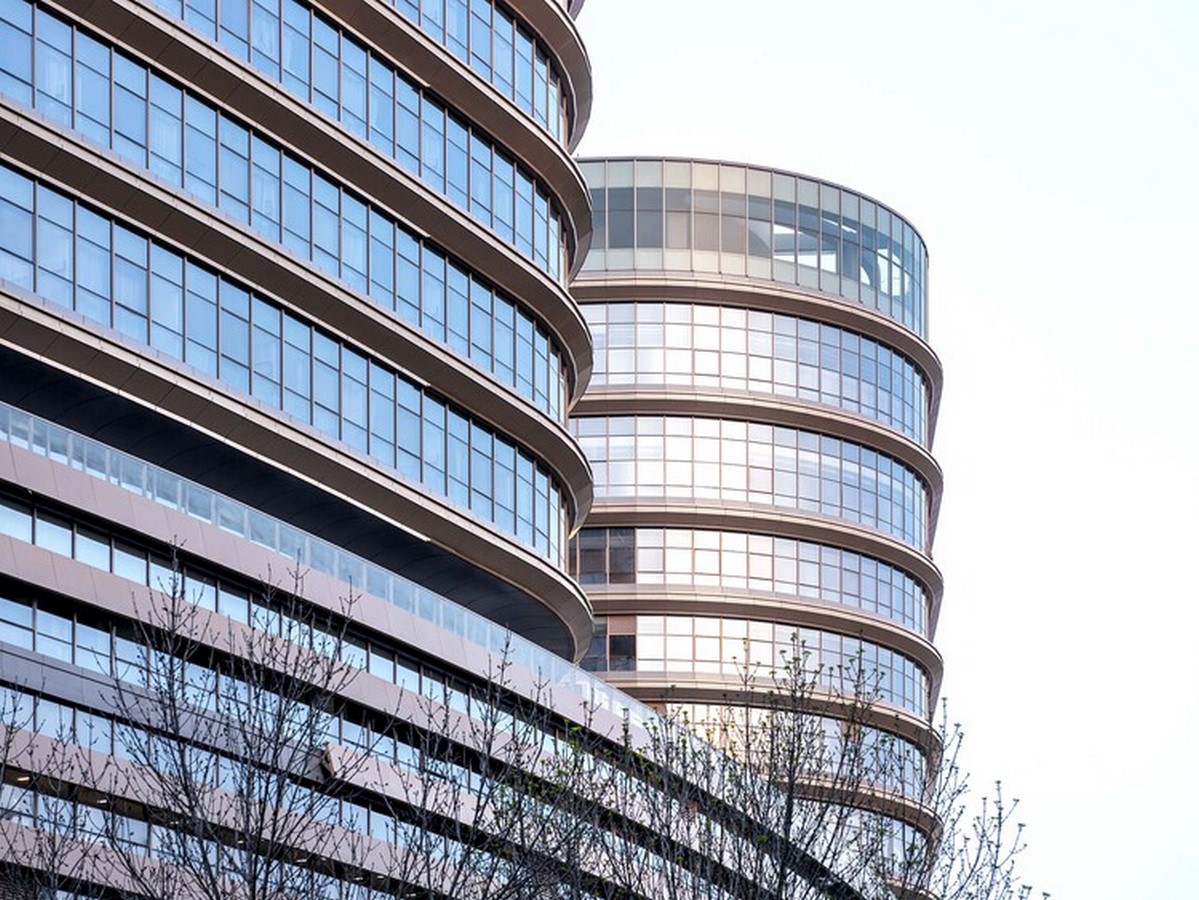
Conclusion: A Vision for the Future
Qilu Hospital of Shandong University Emergency Medical Building stands as a testament to innovation and adaptability in healthcare design. With its seamless integration into urban life and commitment to patient-centered care, it paves the way for a new era in medical facility design. As the region’s premier medical center, it promises to evolve in tandem with urban renewal, embracing change while upholding its mission of excellence in healthcare delivery.


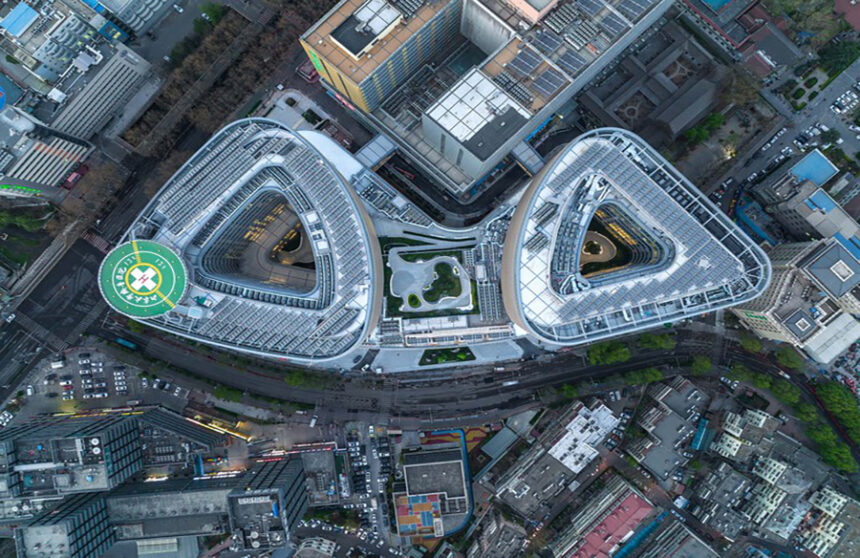
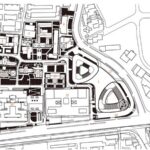
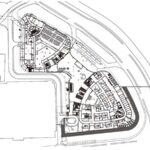
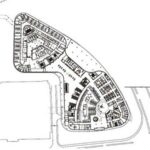
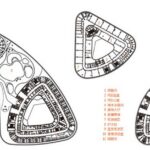

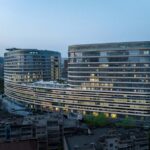




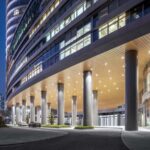
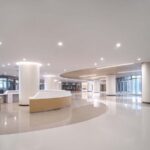

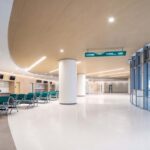
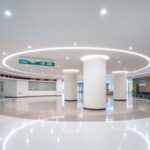
Leave a Reply